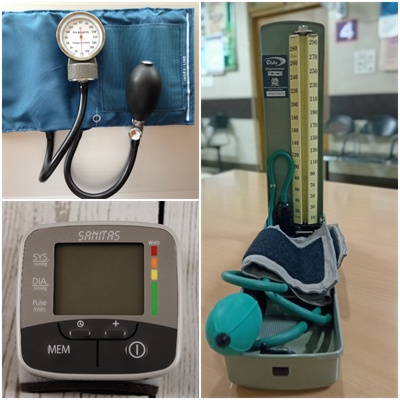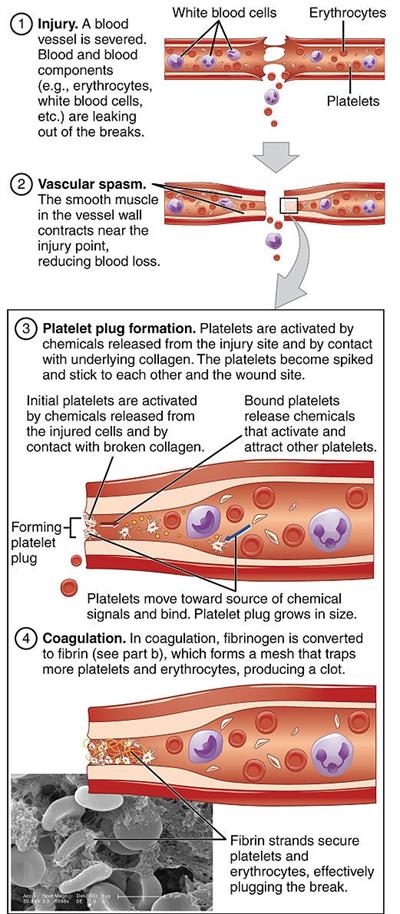
PUMPA - SMART LEARNING
எங்கள் ஆசிரியர்களுடன் 1-ஆன்-1 ஆலோசனை நேரத்தைப் பெறுங்கள். டாப்பர் ஆவதற்கு நாங்கள் பயிற்சி அளிப்போம்
Book Free DemoIn the previous theory, we looked at how oxygenated blood exerts a force against the vessel wall.
What is meant by Blood pressure?
Blood pressure is not a disease but is essential for life as it is the force that the heart uses to pump oxygenated blood.
The pressure exerted by the flow of blood on the thick and elastic walls of the arteries is called blood pressure.
The pressure is greater in the arteries than in the veins.
The pressure of blood in the artery during ventricular systole is known as systolic pressure. The pressure in the artery during ventricular diastole is known as diastolic pressure.
Blood pressure is measured by using an instrument called a sphygmomanometer.

The different types of Sphygmomanometer
Dr Scipione Riva-Rocci invented the sphygmomanometer in the year 1896. In a normal person, the systolic pressure is 120 mm Hg and diastolic pressure is 80 mm Hg. It is expressed as 120/80.

Measuring the blood pressure using Sphygmomanometer
Blood pressure varies depending on a person's age and rate of the heartbeat.
Hypertension is caused due to the constriction of arterioles, which results in increased resistance to the flow of blood flow. This leads to the rupture of an artery as well as internal bleeding.
A sustained rise in blood pressure is known as high blood pressure or hypertension.
What happens when you accidentally cut your fingers during some actions? Does blood flows out continuously? What is the mechanism by which the loss of blood is minimised? Let us discuss what happens in the process in brief.
Blood clotting
When there is a cut, and a person is bleeding, the blood loss must be stopped. This is because the leakage of blood leads to a decrease in pressure which reduces the heart's efficiency. To prevent this, the blood contains platelets that circulate in the body that stop blood leakage.
When an injury is caused in a blood vessel, the bleeding starts, which is stopped through blood clotting or blood coagulation.
The platelets form a plug that aids in the blood clotting at the site of injury or cut. The process is explained below:
At the injury site, platelets release thromboplastin
Thromboplastin along with Ca^{2+} ions in plasma convert inactive prothrombin to thrombin
Thrombin in the presence of Ca^{2+} reacts with fibrinogen to form insoluble fibrin
Fibrin forms fibre-like threads that make a mesh or network at the site of injury
Blood cells get trapped in the network of Fibrin to form a Clot
When clots contract, a pale yellow, clear liquid called serum oozes out.
Solid mass left behind is called Thrombus or blood clot

Blood clotting mechanism
Reference:
https://pixahive.com/photo/a-bp-apparatus/
https://commons.wikimedia.org/wiki/File:1909_Blood_Clotting.jpg